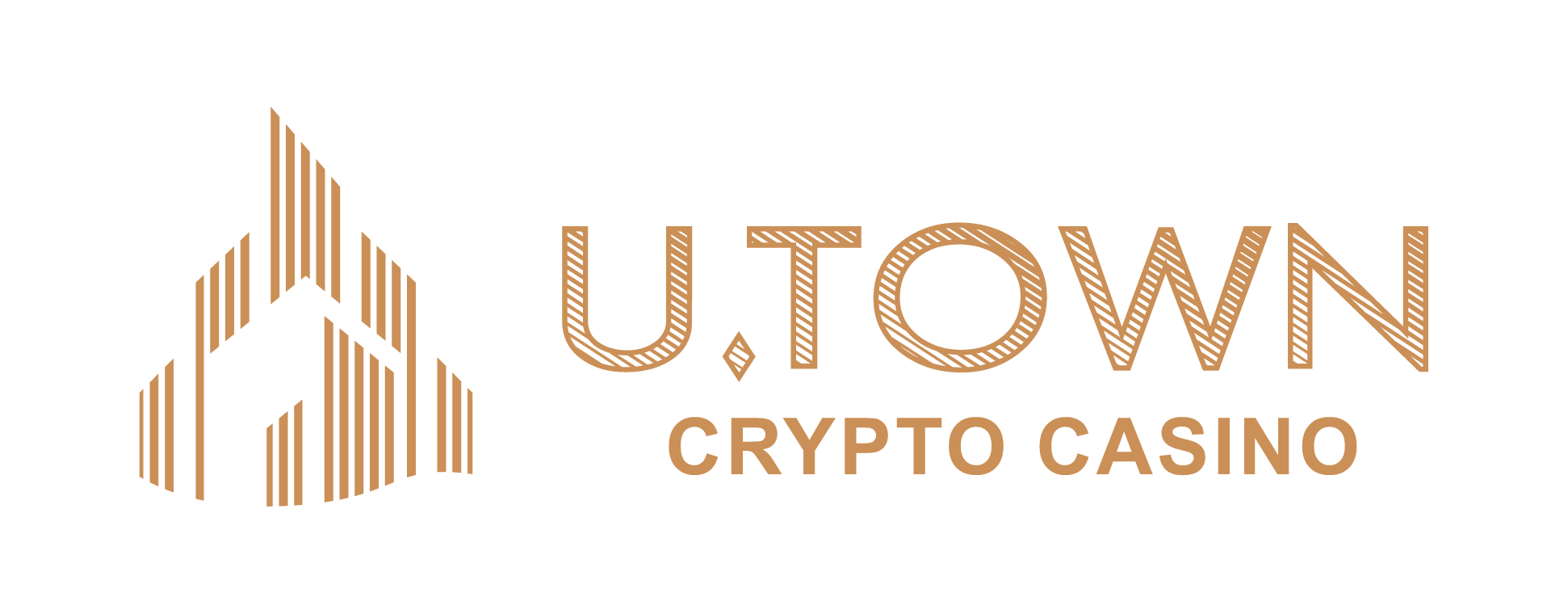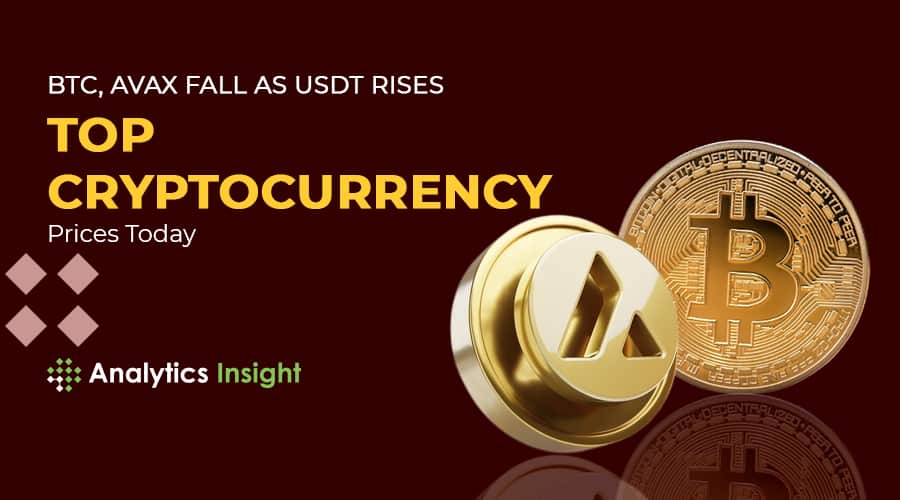Repeated assurances by the backers of Tether, the biggest stablecoin, that the token is backed by ample reserves and working smoothly haven’t been enough to reassure markets.

1
A so-called liquidity pool that allows traders to swap between the three biggest stablecoins still shows an elevated supply of Tether, with the token accounting for 65% of the total as of Friday. That’s an indication that investors remain cautious about holding Tether, said Edul Patel, chief executive of crypto investment platform Mudrex.
2
“USDT is the most widely held and most accessible stablecoin in the world, so it isn’t a surprise that more people hold USDT and have it available to swap for other assets that they want to use for other purposes,” a Tetherspokesperson said in an emailed response to questions from Bloomberg. USDT is the ticker for Tether’s main dollar-based stablecoin.
On Curve’s 3pool, where traders can swap between Tether, USDC and DAI, Tether’s share of supply stood at 29.9% on May 6, just before TerraUSD started deviating from its peg. That portion jumped as high as 82% on May 12 as the TerraUSD crisis worsened, briefly knocking Tetherfrom its own peg.
While Tether’s share of supply has since declined, it remains far above pre-TerraUSD crisis levels. And it has reversed some of the decrease after the Journal report. The 3pool platform handled about $117 million in trading volume.
Tether has hewed close to its dollar peg since that brief May decoupling and continues to be widely used despite all the questions swirling around it. Over the weekend, for instance, the cost of buying the token with Argentine pesos surged after the nation’s Economy Minister Martin Guzman resigned.Tetherrelies on a reserve of dollars and dollar-equivalent assets to maintain its one-to-one peg with the currency, though the quality of this stockpile has repeatedly been called into question.
Tether files quarterly attestations from a Cayman Islands accounting firm on its holdings, which show that it’s been steadily decreasing its exposure to assets like commercial paper in favor of more liquid instruments like Treasury bills.Bloomberg reported in February that Fir Tree Capital Management was making a substantial short wager on Tether, predicting it could pay off within a year.
Paolo Ardoino

Tether Chief Technology Officer Paolo Ardoino has repeatedly taken to Twitter to reassure markets since TerraUSD cratered. In a 12-part tweet this week, just after the Journal story was published, he said Tetherhas “never failed a redemption” and has cut its commercial paper holdings by roughly $45 billion, adding: “Tetherportfolio is stronger than ever.”
U.TOWN:https://u.town/en



